The Pontiac Can Am, a unique and short-lived model, was designed to revive the spirit of the iconic GTO. Produced for a brief period in the late 1970s, the Can Am has since become a rare collector’s item, sparking interest among classic car enthusiasts and investors alike.
The Origins of the Pontiac Can Am
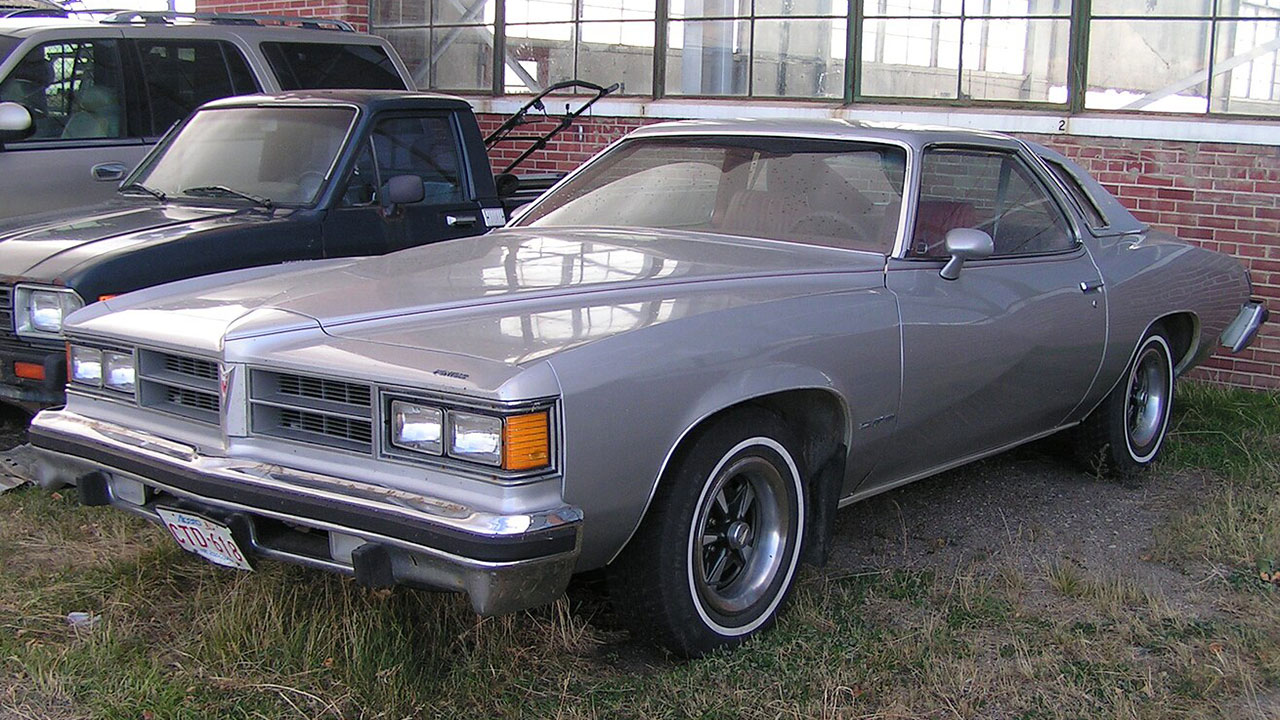
The Pontiac Can Am emerged from a desire to recapture the excitement associated with the legendary GTO. Pontiac, aiming to rejuvenate its lineup, sought to create a model that would resonate with those nostalgic for the muscle car era. This led to the conception of the Can Am, a vehicle that combined the performance legacy of the GTO with contemporary engineering advancements. The project was a collaboration between Pontiac and the Motortown Corporation, which handled the intricate task of modifying the LeMans to produce the Can Am’s signature look and performance features.
However, the Can Am’s production was fraught with challenges. The process of transforming the LeMans into a Can Am required a series of modifications that included a functional shaker hood and a rear spoiler. These changes, while crucial to the car’s identity, introduced complexities that affected the production timeline. Additionally, logistical issues and bureaucratic red tape led to delays and ultimately capped the number of units produced. Despite a robust initial interest, these hurdles resulted in the Can Am’s limited production run, making it a rare gem among classic car aficionados.
The Only Production Year: 1977
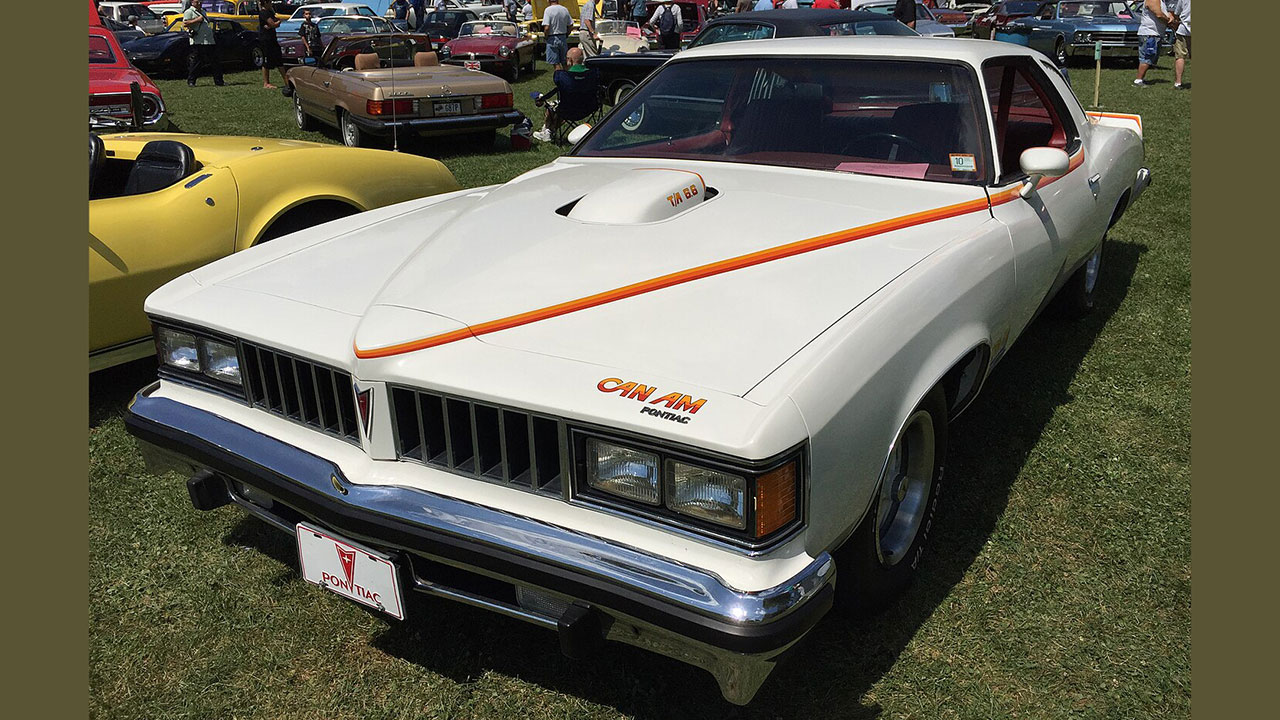
The Pontiac Can Am was produced exclusively in 1977, making it one of the rarest models in Pontiac’s history. This singular model year was loaded with features that set it apart from its contemporaries. The Can Am boasted a 6.6-liter V8 engine, delivering a performance that was lauded by enthusiasts of the time. Its distinctive white color with bold stripe graphics and a unique hood scoop were visual nods to its muscle car heritage, capturing the attention of those who longed for the glory days of American performance vehicles.
Several factors contributed to the Can Am’s brief production run. The economic climate of the late 1970s, characterized by rising fuel prices and shifting consumer preferences, played a significant role in curtailing its success. Additionally, internal challenges within Pontiac, including production issues and strategic shifts, further limited the vehicle’s lifespan. Despite these obstacles, the Can Am’s short-lived production has only enhanced its allure, cementing its legacy as a sought-after collector’s item among automotive enthusiasts.
Current Market Value of the Pontiac Can Am
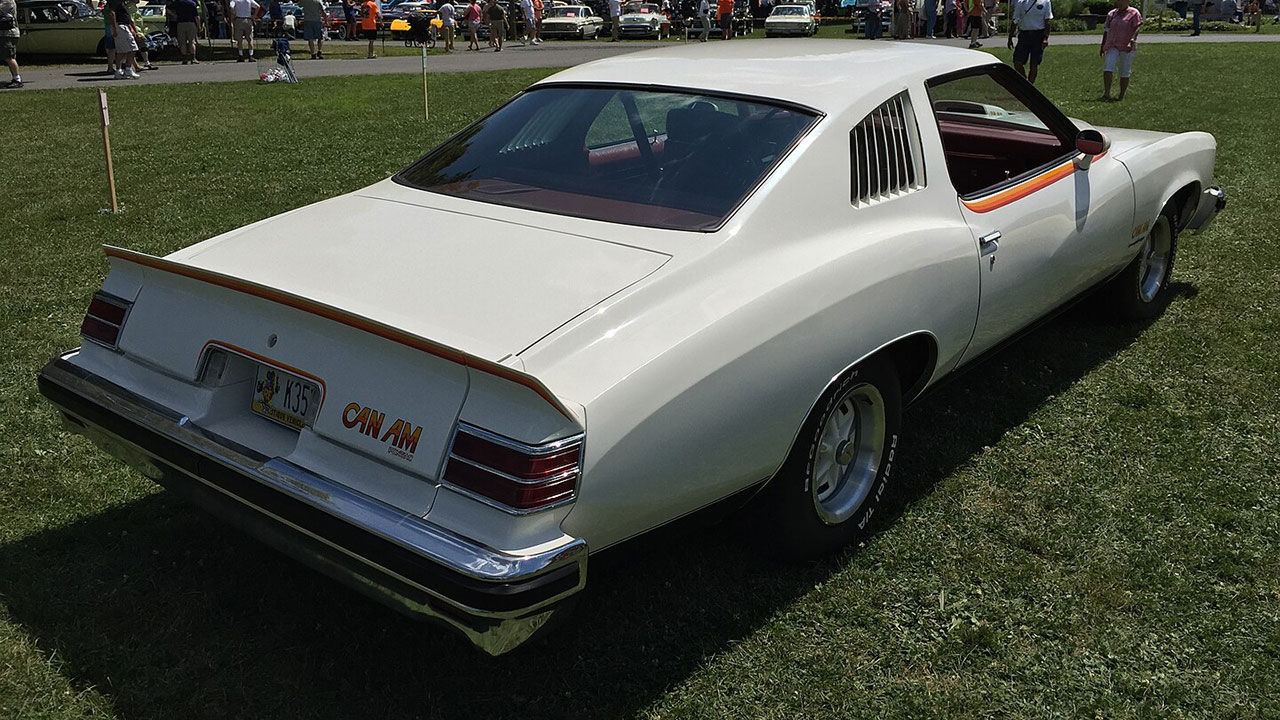
The market value of the Pontiac Can Am has seen a significant increase in recent years, driven by its rarity and the nostalgia it evokes among collectors. Recent auction results and sales data indicate that well-preserved Can Am models can fetch substantial sums, often commanding prices that reflect their status as coveted collectibles. For instance, pristine examples have been known to sell for upwards of $30,000, with some exceptional models reaching even higher figures.
Several factors influence the Can Am’s market value, including its rarity, condition, and originality. Vehicles that retain their original parts and paintwork are particularly prized, as authenticity is a key consideration for collectors. The Can Am’s value is often compared to other classic Pontiac models and muscle cars, where it holds its own as a distinctive and desirable piece of automotive history. As with many classic cars, the Can Am’s appeal is partly driven by its ability to transport enthusiasts back to a bygone era of American motoring.
Collectibility and Enthusiast Appeal

The Pontiac Can Am holds a special place in the hearts of classic car collectors, who value it for its unique blend of performance and aesthetics. Its desirability is further enhanced by its status as a one-year-only model, making it a must-have for collectors seeking to complete their Pontiac portfolios. Enthusiasts are drawn to the Can Am’s distinctive styling, which includes bold graphics and a commanding presence on the road.
For owners, restoration and preservation of the Can Am present both challenges and opportunities. Sourcing authentic parts can be difficult due to the limited production run, but the rewards of owning a fully restored Can Am are significant. The car’s cultural significance within the muscle car era adds to its appeal, serving as a reminder of a time when American automakers pushed the boundaries of performance and design. This connection to a rich automotive heritage ensures that the Can Am remains a cherished and celebrated vehicle among enthusiasts.
The Future of the Pontiac Can Am
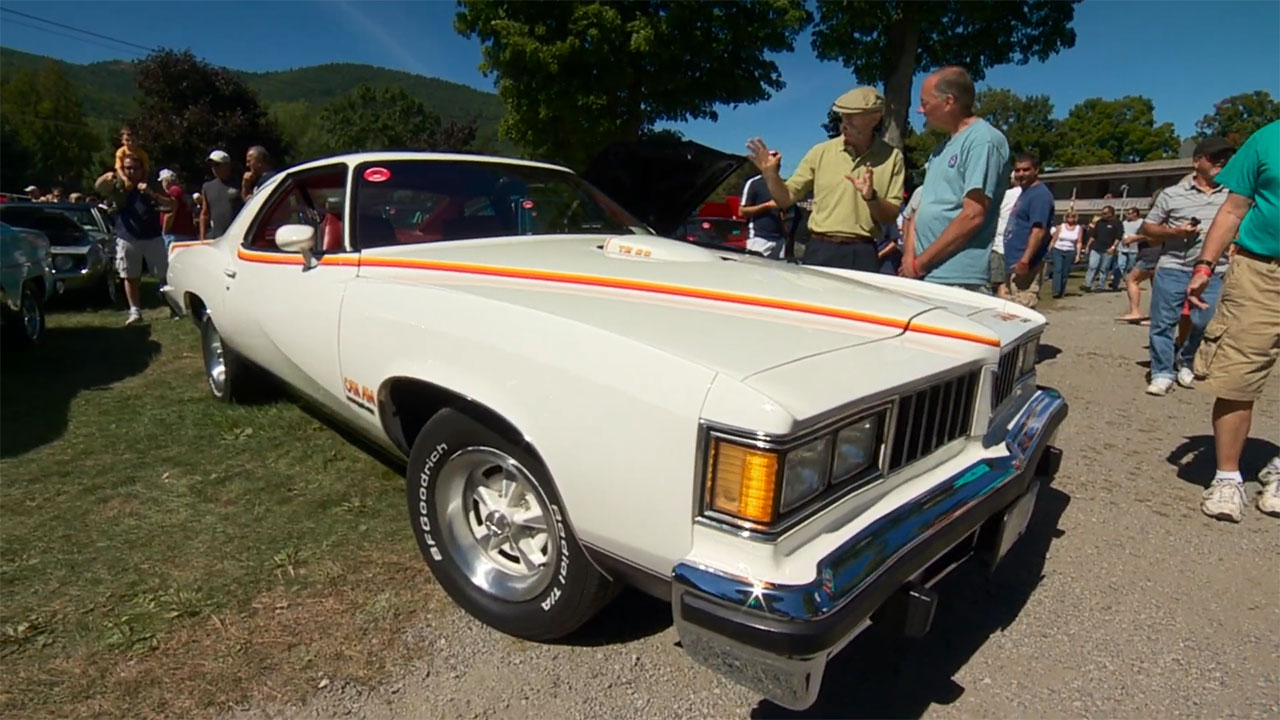
Looking ahead, the Pontiac Can Am is expected to continue appreciating in value as its rarity and historical significance become even more pronounced. As the pool of available models dwindles, demand is likely to increase, driving prices higher. Nostalgia plays a pivotal role in maintaining interest in the Can Am, as it represents a tangible link to a storied past of American automotive innovation and performance.
The Can Am’s place in the broader narrative of American muscle cars is secure, as it embodies the spirit of a transformative era in the automotive industry. Its legacy is preserved not only through the enthusiasts who cherish and restore these vehicles but also through the stories and memories it evokes. As collectors and historians continue to celebrate the Can Am, its future seems bright, promising continued appreciation and reverence among classic car aficionados.
Like Fast Lane Only’s content? Be sure to follow us.
Here’s more from us:
*Created with AI assistance and editor review.

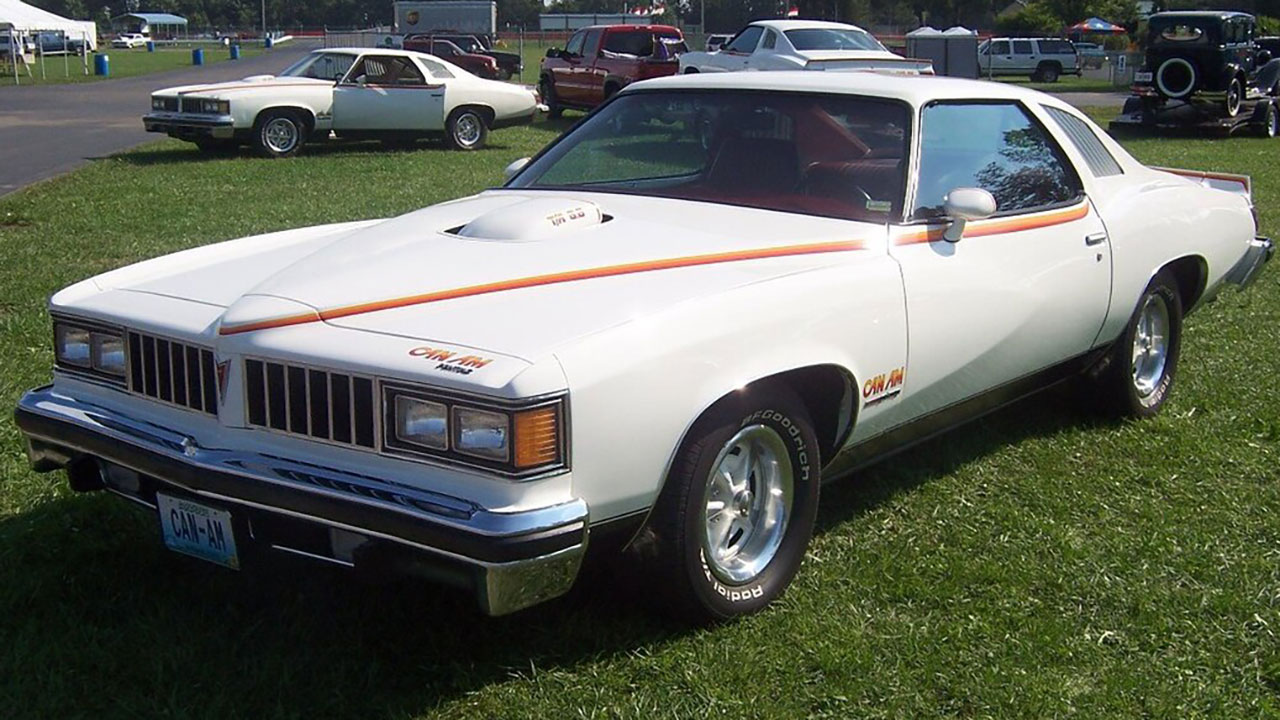



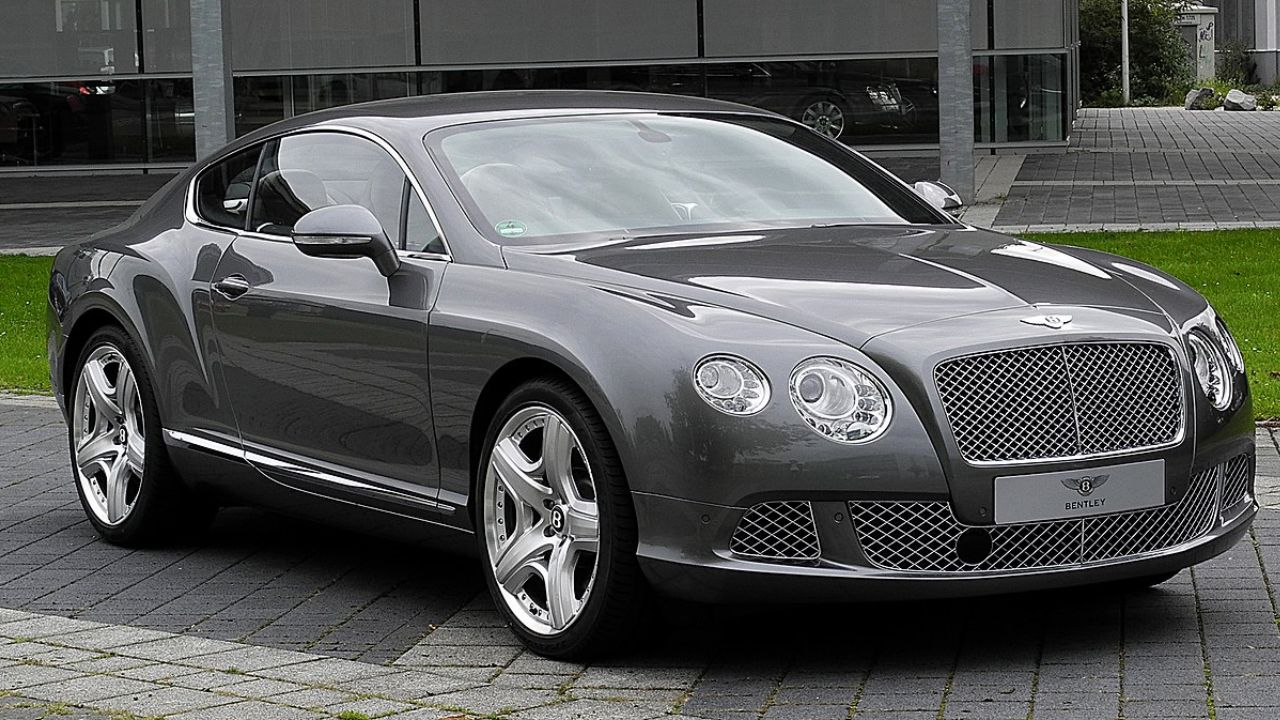

Leave a Reply